Do all the different cannabis oil options have your head spinning? Let me walk you through the different types of oils, breaking down the carrier oils they’re made with and the cannabinoid combinations that make them unique. By the end, you’ll have a clear picture of what’s what and feel ready to pick the perfect option for you!
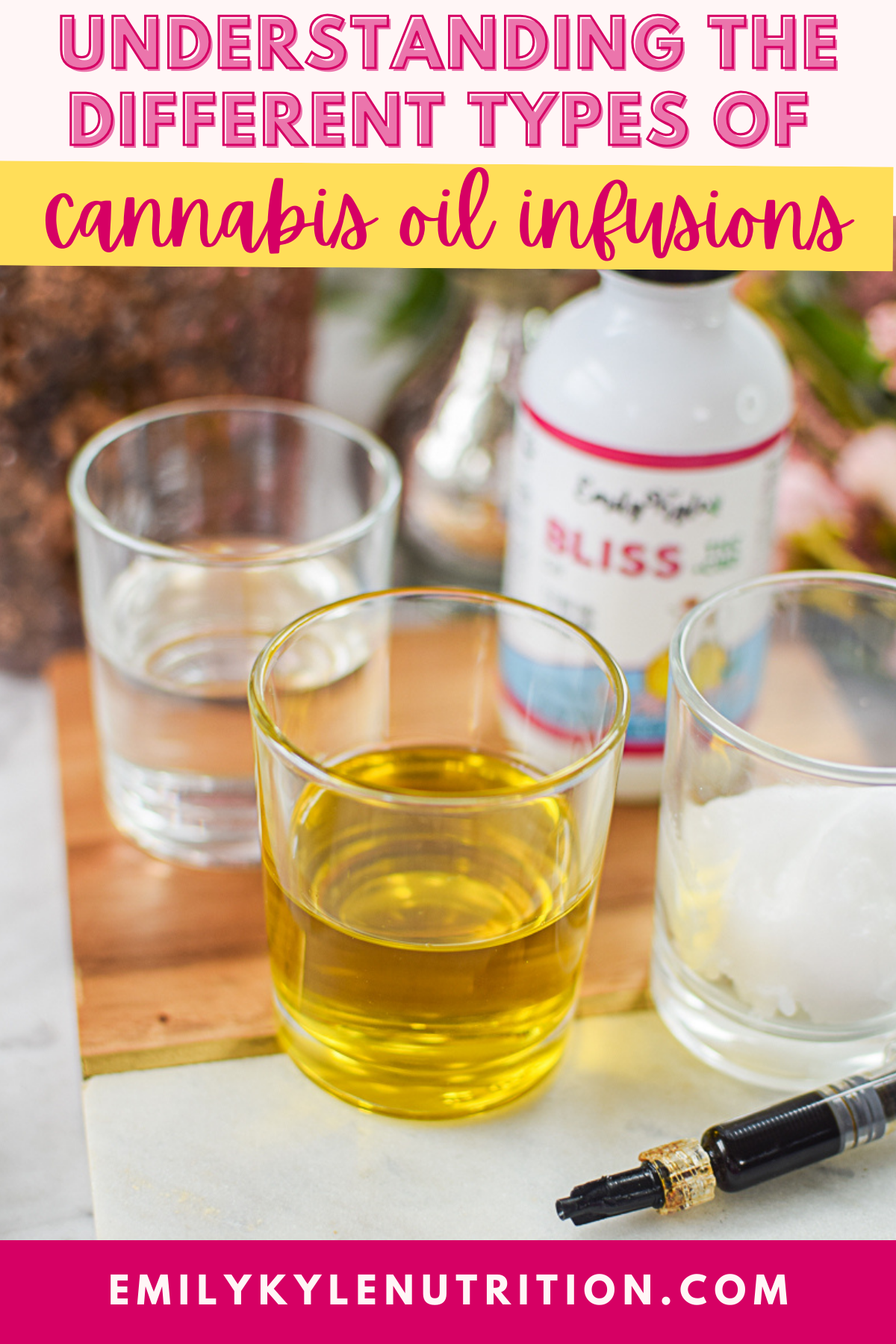
Table of Contents
Article Features
- Learn about carrier oils like coconut, olive, and MCT
- Learn about specific types of oils like CBD, CBN, and THC
- Want to skip the hard work? Shop with me and have premium, high-quality Bliss cannabis oil delivered directly to your door! Now shipping across the US.
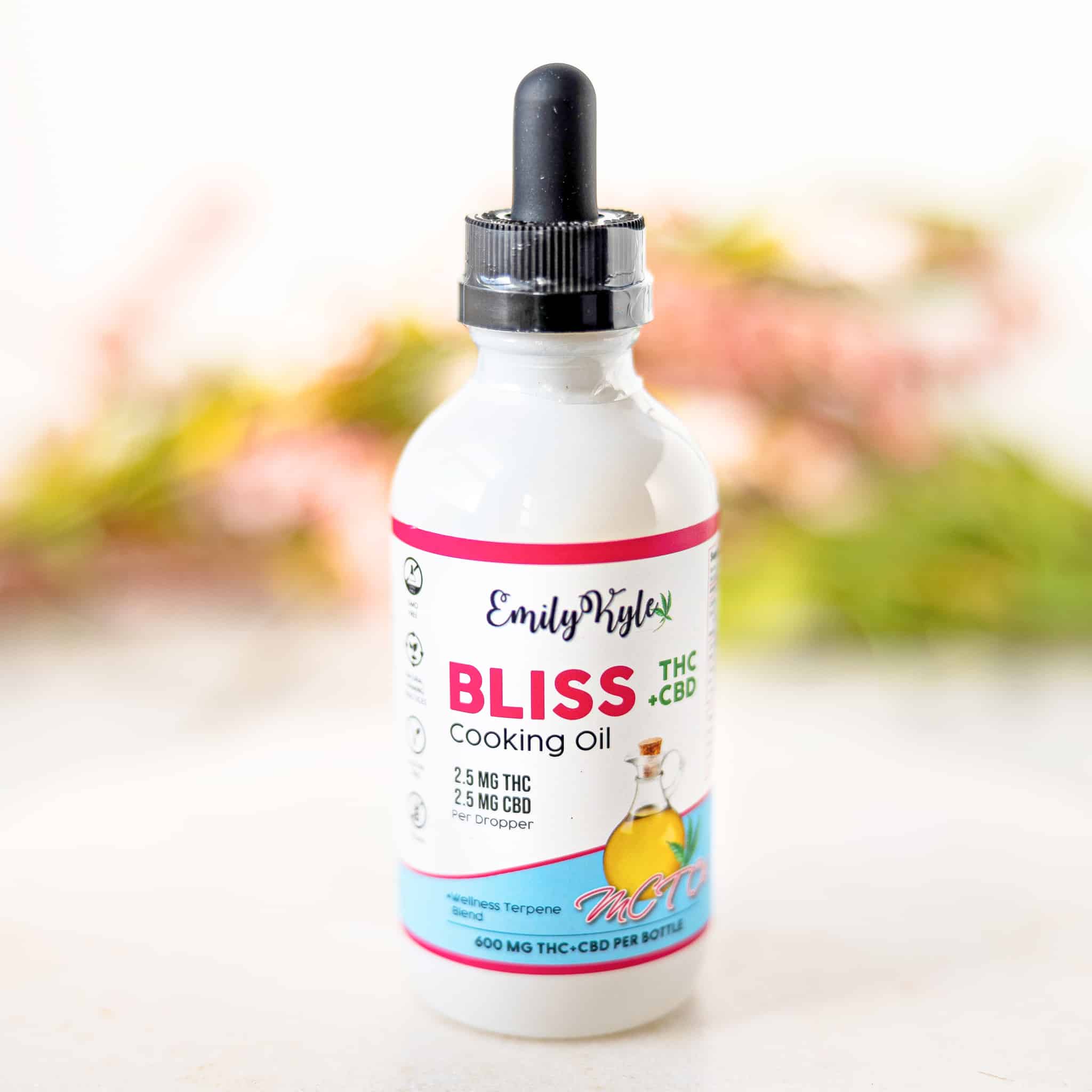
Why You Will Love This Guide
Cannabis oil might sound like a straightforward term, but as many friends in my Well With Cannabis Community know, there’s a lot more to it!
It’s actually an umbrella term for different kinds of oils either extracted from or infused with the cannabis plant.
With so many options out there, it can feel a little tricky to figure out what’s right for you.
But don’t worry—we’ve got this!
I’ll walk you through the different types of cannabis oils, how they work, and what makes each one unique.
By the end, you’ll feel confident about choosing—or even making—the one that’s perfect for your needs.
📖 Oh, and if all the acronyms make your head spin, grab this handy printable guide of terms and abbreviations to keep things simple.
What Are Oil Infusions & Why Do We Use Them?
Cannabis oil infusions are created by combining cannabis plant material with a carrier oil to transfer the active compounds, like THC or CBD, into the oil.
These oils are great for cooking because they allow you to easily incorporate cannabis into your meals, ensuring consistent dosing and maximizing the plant’s effects.
Infused oils are also versatile, serving as a base for edibles, tinctures, or even topicals.
Whether you want to relax, improve sleep, or explore cannabis cooking, oil infusions make it easy to do so in a convenient and effective way.

Types of Cannabis Oil
There are so many types of cannabis oil you can make at home or pick up from my online shop, and each one has unique properties.
To keep things simple, let’s break them down into a few categories:
- Hemp Seed Oil – This is a non-intoxicating cooking oil that doesn’t contain any cannabinoids. It’s nutritious and great to incorporate into your meals.
- By Cannabinoid – These oils are infused with specific compounds like THC, CBD, CBN, or CBG, each bringing its own benefits.
- By Carrier Oil – Oils that use different bases like coconut oil, MCT oil, olive oil, or others for different uses and preferences.
- Oil Concentrates – These include more potent options like full-extract cannabis oil or distillate for those who need something stronger.
🔑 The key thing to remember is that the active compounds, potential benefits, and possible side effects depend on the type of cannabis oil you choose. Let’s take a closer look at each kind!
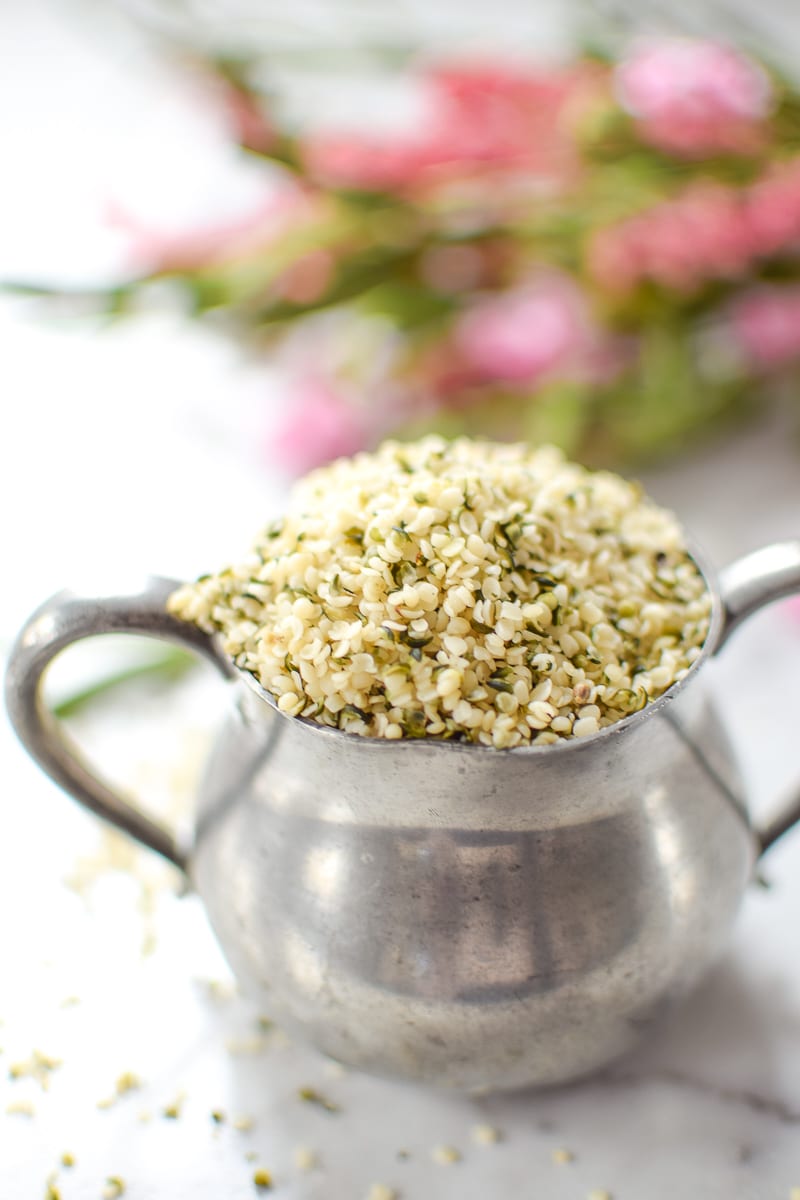
#1 – Hemp Seed Oil
You’ve probably heard about hemp seed oil, but it’s not the same as other types of cannabis oil.
Hemp seeds and hemp seed oil are often used in cooking, baking, or as dietary supplements, and you can easily find them at the grocery store or online.
Unlike cannabis oils like CBD or THC, hemp seed oil doesn’t contain any cannabinoids—studies have shown that hemp seeds are completely free of them.
Even though hemp seed oil doesn’t have the same properties as cannabis oil, it’s still a great addition to a healthy diet because it’s packed with omega-3 fatty acids and other nutrients.
💡 Just keep in mind, hemp extract and hemp seed oil are very different from CBD oil and other kinds of cannabis oils we’ll talk about later.
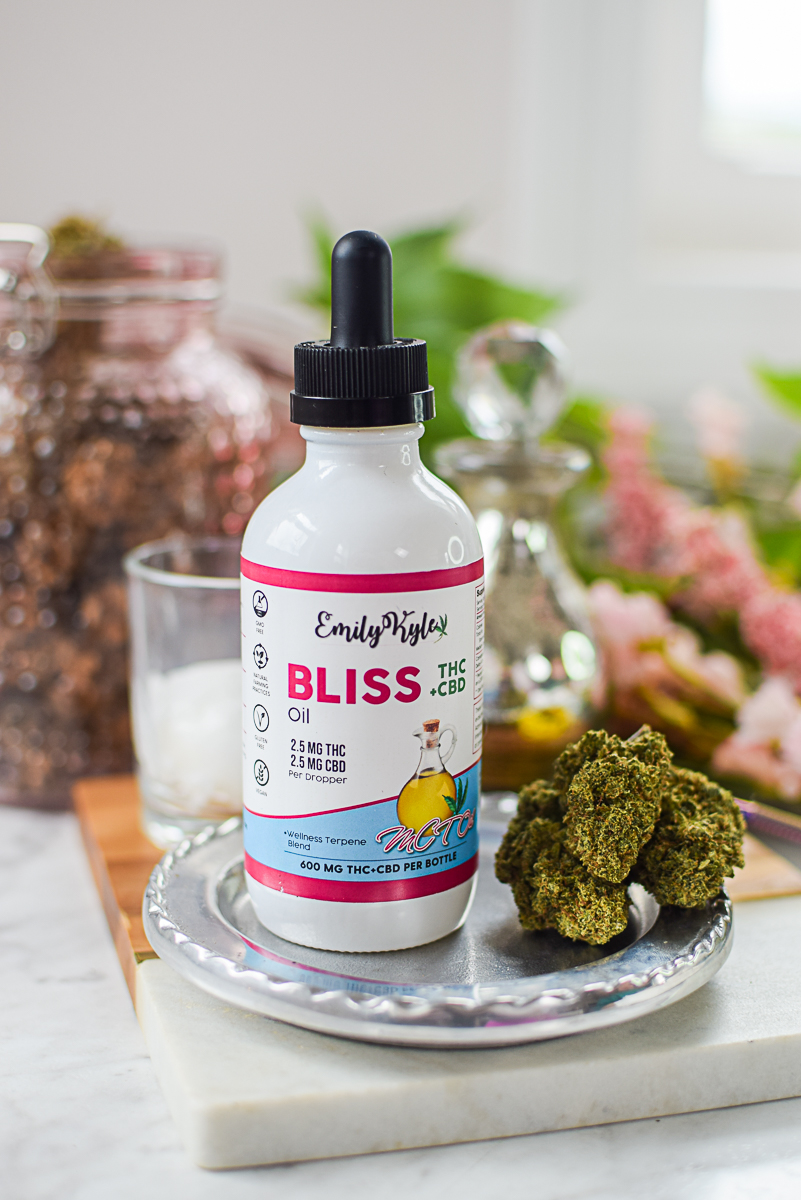
#2 – Oils by Cannabinoid
There’s been a rise in cannabis oils that focus on providing specific cannabinoids like THC, CBD, CBN, CBG, and more.
These cannabinoids work with the body’s endocannabinoid system, creating a variety of effects.
With over 100 cannabinoids discovered so far, there are plenty of possibilities when it comes to different types of cannabis oils.
The great thing is, you can even make many of these oils at home. All you need is a strain that’s rich in the cannabinoid you want to highlight.
THC Oil for Relaxation
THC, or tetrahydrocannabinol, is the compound in cannabis that creates the “high” feeling people often associate with its use.
THC oil is made by combining THC from the trichomes of the female cannabis plant with a carrier oil.
It’s worth noting that there are different types of THC available today. For this article, I’m focusing on Δ9-THC and not Δ8-THC products, which I don’t currently recommend.
If you’re new to THC oil, it’s a good idea to start with lower doses to see how your body reacts, since THC can have intoxicating effects.
Also, the THC potency in your oil will depend on the amount of flower and oil used.
If you’ve made your own THC oil and know the THC percentage of your starting ingredients, my edibles dosage calculator can help you estimate the final strength of your oil.
🛍 Buy THC Oil
Shop with Emily
Shop Now: Bliss MCT Oil
This Bliss cooking oil contains a 1:1 ratio of CBD to THC, meaning equal parts of both CBD oil and…
CBD Oil for Wellness
CBD, short for cannabidiol, is a natural compound from the hemp plant that’s non-intoxicating, so it won’t make you feel high.
Many people use CBD for its potential wellness benefits.
Full-spectrum CBD oil, made from the plant’s buds, flowers, or leaves, contains all the plant’s natural compounds, including trace amounts of THC, which may boost its effects through the “entourage effect.”
You’ll also find broad-spectrum CBD, which has no THC but keeps other cannabinoids, and CBD isolate, which is pure CBD with no extras.
CBD products come in various forms and ratios, depending on the source, and you can either buy them online or even make your own using decarbed CBD flower.
CBD oil is super versatile—you can take it under your tongue, add it to food, or use it on your skin!
🛍 Buy CBD Oil
Shop with Emily
Shop Now: CBD Revive Oil
Relief without the high! This premium 1,000mg full-spectrum CBD oil can be used as a daily supplement, sublingually as a…
CBN Oil for Sleep
CBN (cannabinol) is often called “the sleep cannabinoid,” and for good reason!
Many members of my Well With Cannabis Community have shared that using CBN helps them relax, drift off to sleep more easily, and stay asleep longer.
For those struggling with insomnia, CBN offers hope as a natural alternative to addictive or risky prescription medications.
CBN is created when THC breaks down over time, especially during a longer decarboxylation process.
If you’re curious, you can easily buy CBN oil online or even make your own at home. Follow this handy guide for making CBN oil and discover its sleep-supporting potential!
🛍 Buy CBN Oil
Shop with Emily
Shop Now: CBN Sleep Oil
Discover how to fall asleep faster and stay asleep longer. This CBN oil sleep blend contains 300mg CBD and 300mg…
CBG Oil for Focus
CBG (cannabigerol) might not be as well-known as CBD, but it’s definitely worth a closer look—many people now call it “the focus cannabinoid.”
CBG is actually the building block for other cannabinoids like THC, CBD, and CBC.
Although it’s non-intoxicating like CBD and won’t get you high, the two have some key differences.
One of the big ones is that CBG naturally occurs in much smaller amounts in cannabis plants compared to CBD.
You can find ready-made CBG oil to buy, or, if you’re feeling adventurous, you can make your own at home using your favorite CBG flower.
🛍 Buy CBG Oil
Shop with Emily
Shop Now: CBG Focus Oil
Experience the benefits of our focus oil blend, a full-spectrum CBD:CBG energy formula designed for daytime use to enhance focus…
#3 – Cannabis-Infused Cooking Oils
Cannabis-infused oils are often named after the carrier oil they’re made with, like coconut, MCT, olive, or avocado oil.
These oils can be customized with different cannabinoids, so you can make something like CBD olive oil or MCT CBN oil, depending on what you’re after.
While you might spot these at dispensaries, many people enjoy making them at home to use as a tincture under the tongue, in edibles, or even for crafting topicals.
The process to make cannabis oil is pretty simple—basically, you infuse decarbed flower into your chosen oil.
You can use anything you want to create a gentle water bath at low temperatures.
The result? A versatile, cannabis-infused oil you can use in all your favorite recipes.

Make Your Own Cannabis Oil at Home
Making your oils at home is a great way to know exactly what’s going into your products—and it’s easier than you might think!
Here, you’ll find all my guides and recipes to help you create cannabis oils right in the comfort of your kitchen. Happy crafting!
Cannabis Infusions & Extractions
Easy Cannabis Coconut Oil Recipe
Cannabis Topicals
Homemade Cannabis Massage Oil
All Things Cannabis Oil
How to Make Cannabis Olive Oil
Cannabis Infusions & Extractions
Easy Homemade CBD Oil Recipe
All Things Cannabis Oil
Easy Cannabis-Infused MCT Oil
Cannabis Infusions & Extractions
Instant Pot Cannabutter or Oil » Easy Guide
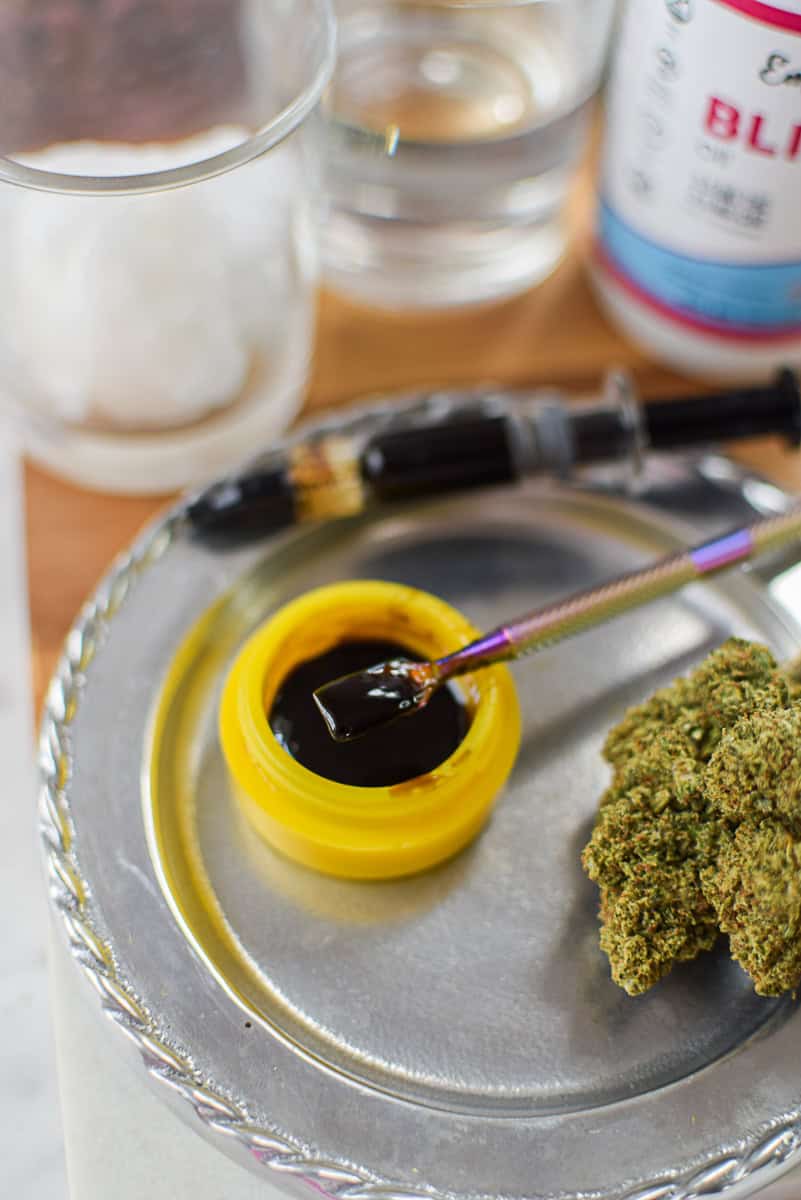
#4 – Oil Concentrates
These days, there are tons of cannabis oil concentrates and extracts to choose from.
They’re all about delivering a super-potent product by pulling the best stuff—the cannabinoids in the trichomes—into a concentrated form.
Some of these can be made safely at home, while others need fancy lab equipment. The cool thing?
Since they’re so concentrated, you only need a tiny amount for recipes to get the effect you’re going for.
Plus, because you’re using just a little bit, they won’t mess with the texture, flavor, or volume of your food. Now, let’s take a closer look at the different types of concentrates!
FECO or RSO
FECO, or full-extract cannabis oil, is a powerful, whole-plant cannabis extract that’s super versatile.
Made through a process using high-proof grain alcohol, it’s commonly turned into tinctures like Green Dragon or Golden Dragon.
Once it’s ready, FECO can be used in all sorts of ways—tinctures, capsules, topicals, edibles—you name it!
Just keep in mind it’s not meant for smoking or vaping.
Now, you might have heard of RSO, or Rick Simpson Oil, and wondered what’s the difference.
The main thing is the type of alcohol used. FECO is made with food-grade grain alcohol, which is much safer than the isopropyl alcohol or naphtha used for RSO.
Other concentrate options are made through various extraction methods, including live resin, wax, shatter, butter, badder, and more.
💊 Since isopropyl alcohol isn’t safe to ingest, FECO is a safer option—and you can even make it at home using my recipe!
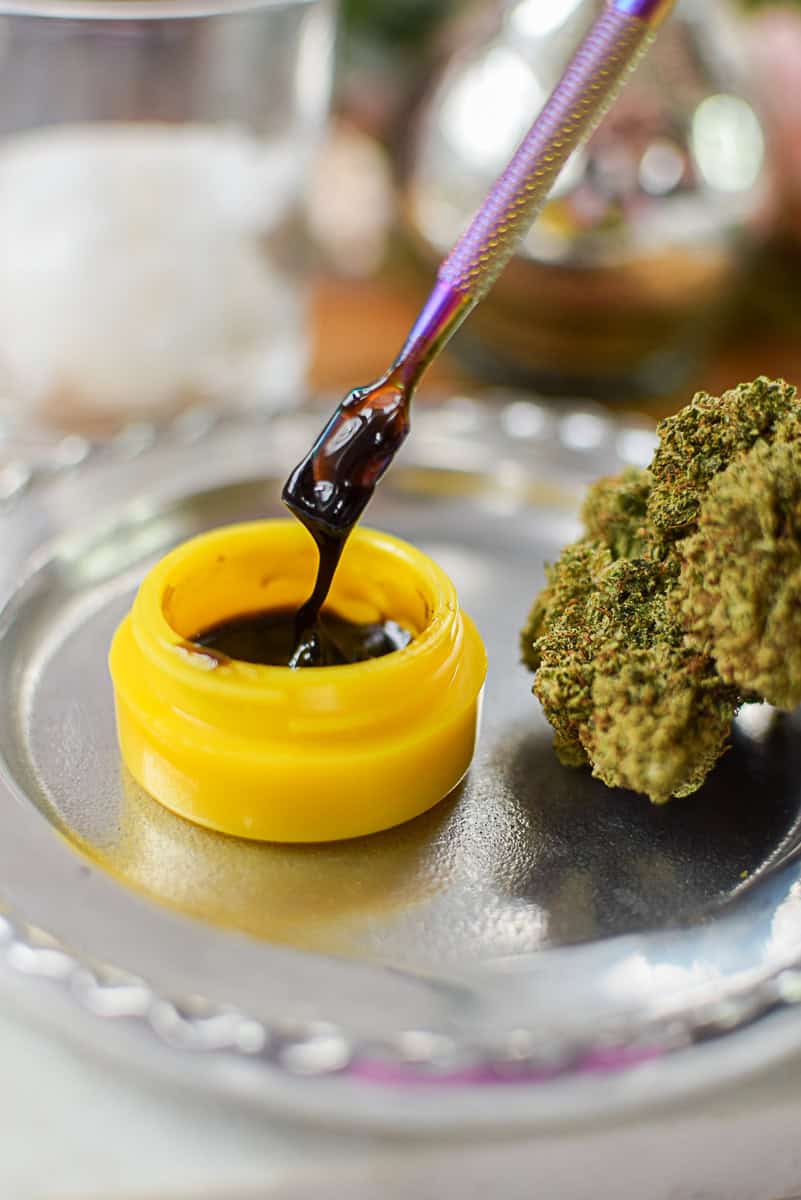
Distillate
Cannabis distillate is a super-refined oil that’s incredibly pure—up to 99%!
Distillates are made through a process called molecular distillation.
This includes many refinement processes to help remove all unwanted plant matter, leaving behind a highly refined cannabis oil.
In addition to edibles, this type of concentrate is also used when vaping cannabis oil.
What is Cannabis Oil Good For?
While we still need more scientific studies and clinical trials to fully understand the medical uses of cannabis oil, many members of my Well With Cannabis Community have shared how it’s helped them personally.
People have reported benefits for things like:
- Chronic pain
- Neuropathic pain
- Dravet syndrome
- Lennox-gastaut syndrome
- Anxiety and depression
- and more
Keep in mind, cannabis oil products aren’t allowed to make specific health claims—these stories are purely anecdotal.
It’s also worth noting that there are many types of cannabis oil, and the kind you choose can make a big difference in your results.
If you’re managing medical conditions or looking to replace prescription medications, it’s always a good idea to reach out to your medical marijuana doctor for personalized advice.
Again, many different forms of cannabis oil are available, and the type you select will significantly impact your outcome.
Where to Buy Cannabis Oil Online
When buying cannabis oil online, it is essential to understand your state laws.
I wanted to make sure I could offer something that’s both accessible and legal, so I created my own line of high-quality cannabis products that you can trust!
Shop Oil Products
Shop with Emily
Shop Now: Bliss MCT Oil
Shop with Emily
Shop Now: CBD Revive Oil
Shop with Emily
Shop Now: CBN Sleep Oil
Shop with Emily
Shop Now: CBG Focus Oil
Frequently Asked Questions
If the cannabis oil contains even trace amounts of THC, the chemical substance they are testing for, it can cause you to fail a drug test.
The Food and Drug Administration does not guide cannabis oils, and it is best to before attempting to use cannabis oil for medical use.
You could always add food-grade essential oils to help improve the taste.
Conclusion
Choosing the right cannabis oil doesn’t have to be overwhelming.
With a little guidance and understanding of the different options—whether it’s CBD for wellness, CBN for sleep, or a custom-infused cooking oil—you’re now armed with the knowledge to make the best choice for your needs.
Remember, you can always experiment and adjust to find what works best for you, and if DIY isn’t your thing, there are plenty of quality products available to make it easy.
No matter your goals, cannabis oils offer a versatile and effective way to enhance your health, relaxation, or culinary adventures.
If you’re excited about exploring more ways to use cannabis in your daily life, I’d love for you to check out my Edibles Made Easy Class.
This hands-on workshop is perfect for learning how to create simple, delicious, and customizable cannabis-infused treats right at home.
Whether you’re completely new to edibles or looking to refine your skills, this class has something for everyone.
Join me and take your culinary adventures to the next level—you’ll walk away feeling confident, inspired, and ready to make your own infused creations with ease!

Take your edibles to the next level…
My Edibles Made Easy Online Cooking Course will teach you how to easily make cannabis edibles and topical recipes at home. This step-by-step video course will teach you how to infuse, extract, and create edibles with many different product types – all from the comfort of your own home.
More Guides You Will Love
Articles & How-To Guides
A Beginner’s Guide to Cannabis Edibles
Articles & How-To Guides
Tinctures vs. Edibles: The Major Difference
Articles & How-To Guides
Lecithin for Edibles: Where, When & Why We Use It
Articles & How-To Guides

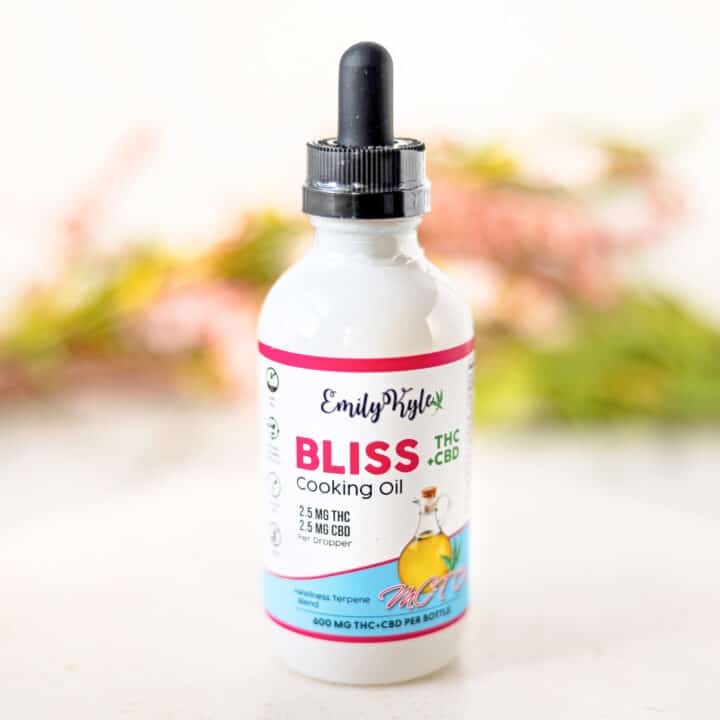
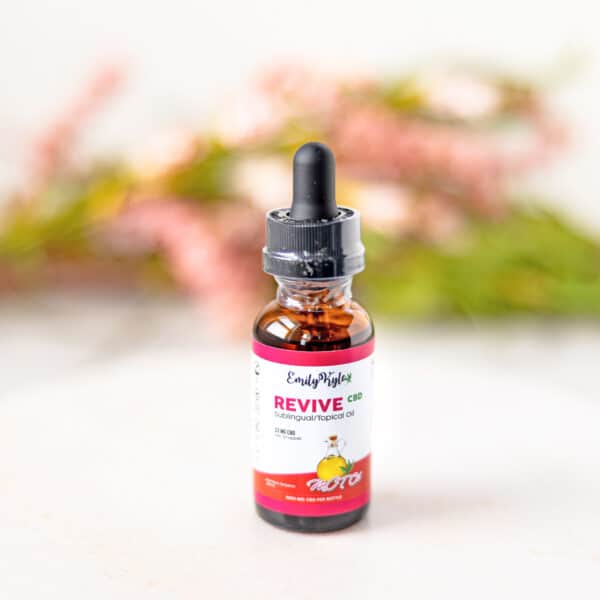
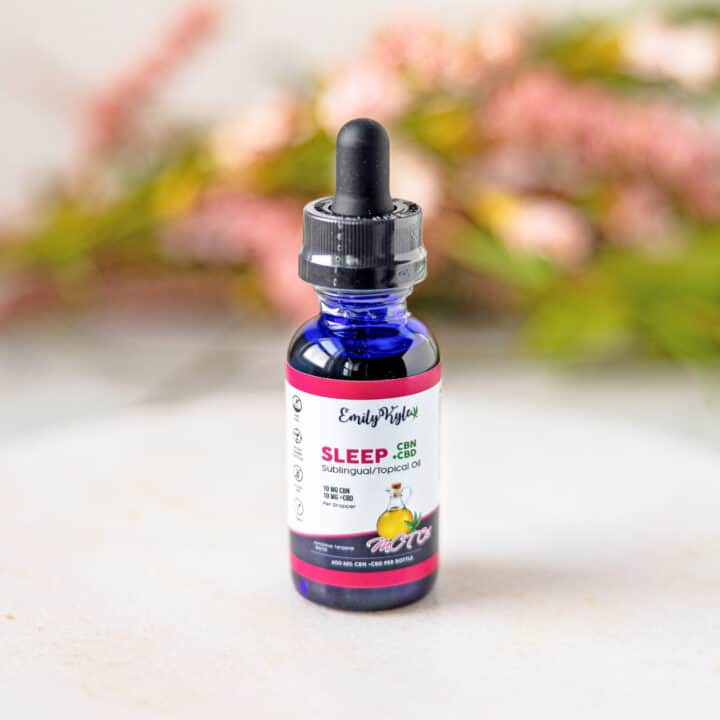
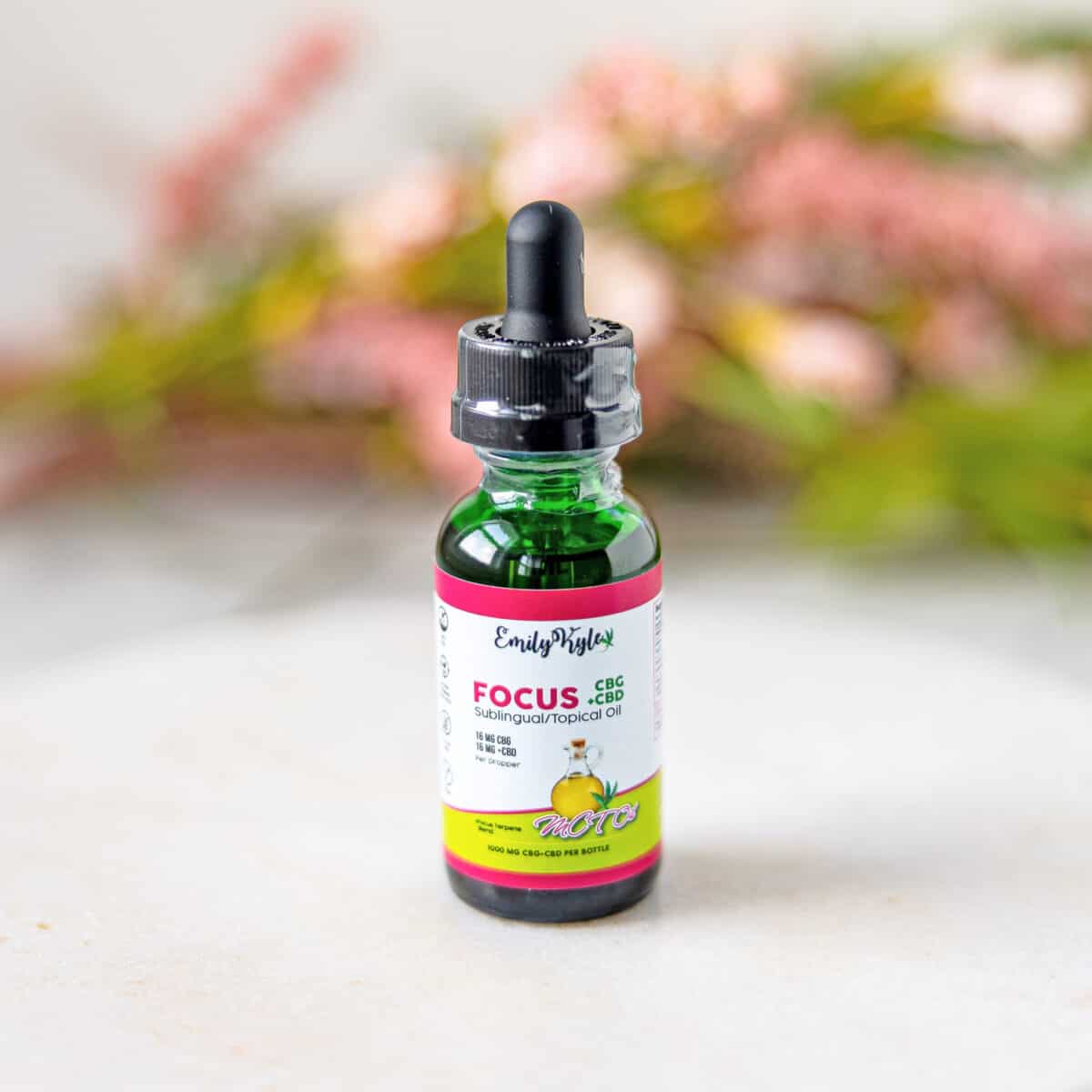
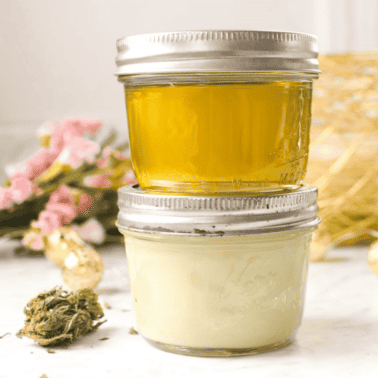

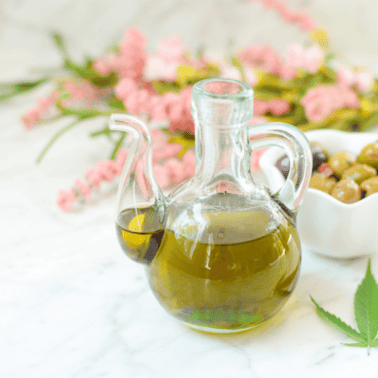
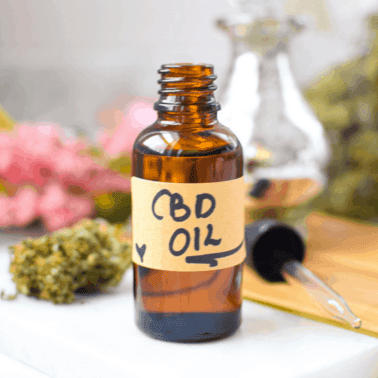
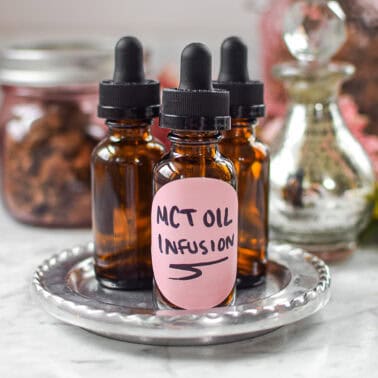
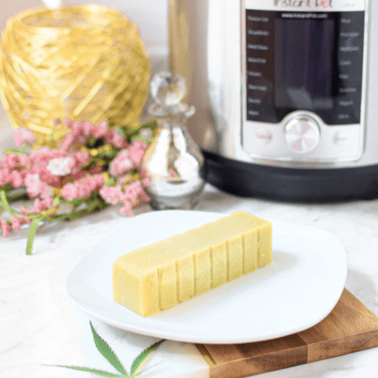
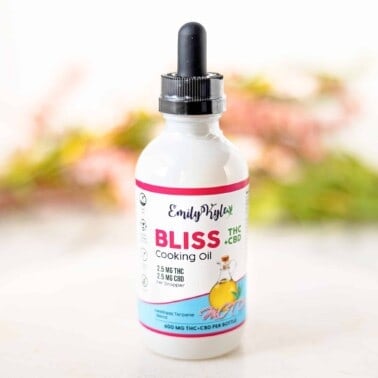
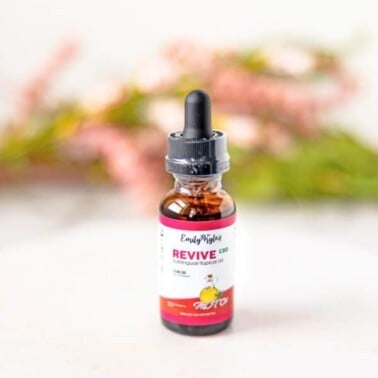
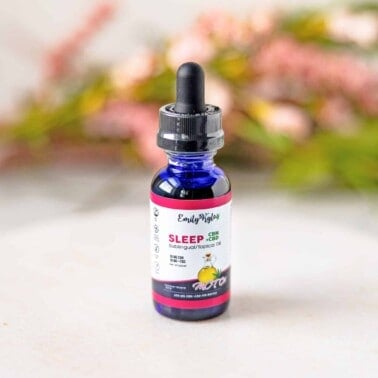

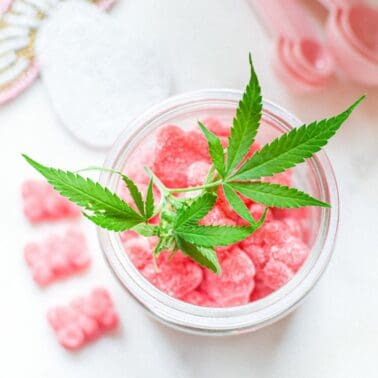
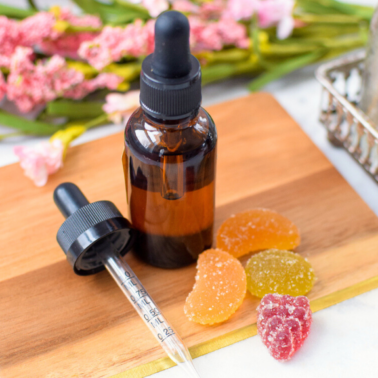


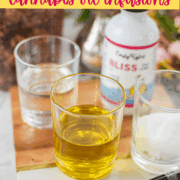








Love the (non cooker edibles) I’ve just filled my phone memory with over 200-photos of recipes!. Now I’ve been able to get 50%thc oil in Australian at the chemist because I’ve got a great doctor who prescribed me it for anxiety and depression and ptsd. So just wanted to let you know that your page is AMAZING and everything I needed to know and understand about making infusion gummies. But i really loved the no cooking method penut butter balls!!!.. so i had to let u know to Please keep it coming. I can’t get enough
THANK YOU FOR ALL THE GREAT WORK YOU HAVE MADE MY DAY… hope you’re doing well all my love
Heath Riley
Thank you so much for your kind words, Heath! We’re thrilled to hear that our recipes and tips have been so helpful for you. It’s wonderful that you’ve found a supportive doctor and the right tools to help with your anxiety, depression, and PTSD. Wishing you all the best, and thanks for sharing your journey with us.
My oil is green not clear yellow. Why and how do you make it clear yellow?
Hello Karen! The green color, as you’ve rightly pointed out, isn’t about potency but more about the chlorophyll content in the end product. If you’re aiming for a clear yellow appearance, one key factor is the raw material used and its processing. Generally, less chlorophyll translates to a lighter color. You can find more information about chlorophyll and how to reduce it in this guide. It might offer some helpful tips on adjusting your process to achieve the desired clarity and color. Remember, the beauty of creating is in the journey and the little tweaks we learn along the way. Keep experimenting and feel free to share your progress or any further questions you might have 😊
I have made gummy’s many times but would love to try your recipe. I am lazy & only buy concentrate, usually 1 gram syringe’s with approximately 930.250 mg of THC & 5.3 mg of CBD. Since your recipe for gummy’s call for so much more oil do I need to make up the difference in some other type of oil or can I just add my 1 or 2 grams of distillate & call it a day. I know this is changing your recipe a bit but wondering your opinion on making up the difference with some other oil. I know the quantity will be decreased but do you think it will still work. I hope this makes sense. Of course I know this would affect the quantity. Thanks for considering my question.
Hi Melinda. When using concentrates to make gummies, you’ll want to use this recipe: Cannabis Gummies Made With Tincture, FECO, or RSO and put the concentrate in at the time the FECO is added. You won’t need any extra oil; the FECO gummies recipe calls for more unflavored gelatin than the oil-based recipe. I hope this helps!